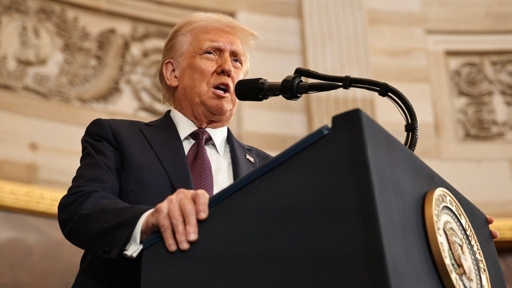- cross-posted to:
- [email protected]
- cross-posted to:
- [email protected]
Summary
Trump plans to impose tariffs of up to 100% on semiconductors manufactured in Taiwan, aiming to push U.S. tech companies like Apple, Nvidia, and AMD to produce chips domestically.
The tariffs target Taiwan’s TSMC, a key supplier, despite its partial U.S. production in Arizona.
Trump criticized Biden’s CHIPS Act for funding companies like Intel and proposed tariffs as an alternative incentive.
Experts warn the move could raise prices for electronics as most TSMC chips are assembled in Asia before export to the U.S.



Let’s explain tariffs so that even a baby like trump could understand.
If an item is sold for $1 and you put 100% tariff on it, it now costs $2 for a consumer in the US to buy. The government doesn’t get to take the $1 that the company is selling it for, they still make their $1 regardless of the tariff. All this does is force the US buyer to pay more.
I guess he could understand it if this is designed to funnel more money to the government but it’s gonna start impacting his tech bro handlers.
I just want to add one thing, the people in the country that issue the tariff also have no incentive to ignore the new price floor that the tariff represents. Instead, they will set their price to just below the new tariff floor and pocket what ever difference there is
What ends up happening in reality is that the tariff cost is effectively shared between the company selling and the customer (but not evenly). The company realizes that sales will plummet if the new price is $2, so they shave margin on their end to bring the price down to e.g. $1.75. But there’s obviously a lot of complexity behind exactly how much of the tariff cost is borne by the customer and the seller and it will vary by industry.
Yes, but the goal of a tarrif is to create incentives for onshore investment and development to come it at a $1.50 price point. We, in general, have moved past that by using subsidies to not create issues for the economy in the short term.
They can say the goal is whatever the fuck they want it to say. The important thing is the outcome, and we know how this turns out.
I think “the purpose of a system is what it does” is going to get a lot of use this administration
It makes a lot of sense if the government money is now his own money